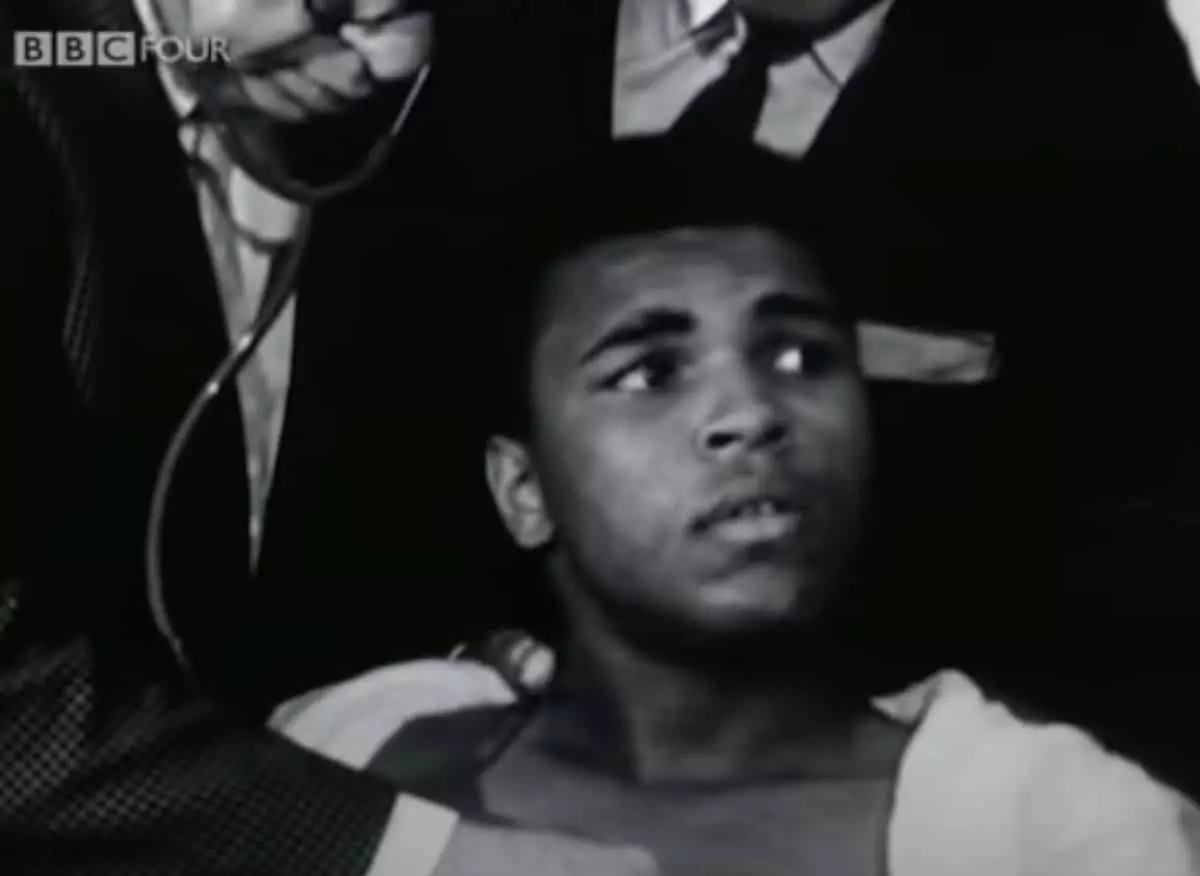Every year, January 17th serves as a poignant reminder of the birthday of Muhammad Ali, a name synonymous with boxing greatness and social change. His legacy continues to inspire not only fans of the sport but also the entire world. In recent years, Oleksandr Usyk has emerged as a remarkable figure in boxing, claiming his place alongside Ali as a significant champion of the sport. Their shared birthday is more than a mere coincidence; it symbolizes a lineage of excellence and passion in boxing. Usyk has often expressed his admiration for Ali, highlighting the tremendous impact that “The Greatest” has had on his own career and life.
As Usyk celebrates his 38th birthday this year, it’s a fitting time to evaluate the parallels between these two extraordinary athletes. Both men have made their marks in the heavyweight division, challenging the norms of boxing while personifying attributes that make a champion. Their critical accomplishments evoke a dream-like scenario for fans: what if these two titans faced off in their prime? Such hypothetical matchups ignite debates that delve beyond just statistics—they compel us to explore the essence of boxing itself.
At first glance, the physical similarities between Ali and Usyk are striking. Both stand at 6’3” tall, boast a reach of 78 inches, and generally fight at around the same weight. This creates a baseline for an intriguing matchup, as their dimensions alone suggest that they could easily share the same canvas. However, the layers of their fighting styles offer a more complex narrative.
Ali, known for his electrifying speed and strategic footwork, utilized his agility to outmaneuver and outthink opponents. His fights were often characterized by a unique combination of a robust defense and a flurry of powerful strikes that left opponents bewildered. Contrastingly, Usyk exemplifies a masterclass in technical boxing, showcasing precision, cleverness in punch placement, and an adaptable stance, being a southpaw. While Ali faced only a handful of southpaws during his career, Usyk’s left-handed style could pose challenges to even the most seasoned fighters, including the legendary Ali.
Imagine an all-out bout between Ali’s mesmerizing movement from his encounter with Cleveland Williams against Usyk’s combat style demonstrated in his first battle with Tyson Fury. The philosophies behind their boxing strategies would create a mesmerizing spectacle—a beautiful dance in the ring that encapsulates the true essence of “The Sweet Science.”
Dream matchups might delight hardcore enthusiasts, yet they can overshadow the broader legacies established by these fighters. Both Ali and Usyk have transcended boxing to become symbols of resilience and advocacy. Ali’s commitment to fighting against social injustices, alongside his unparalleled achievements in the ring, solidified his stature as not only a sports icon but also a cultural hero. Usyk is charting a similar path, becoming an emblem of unity for Ukraine during challenging times. His journey illustrates the profound impact athletes can have beyond their sport—serving as motivators for change and bearers of hope in adversity.
Both Ali and Usyk have demonstrated an unwavering commitment to philanthropy, often reaching out to help those marginalized in society. This characteristic is an essential aspect of their identities. As fighters, they embody not just physical prowess, but a compassionate spirit that resonates with fans and those looking to them for guidance in their lives.
As we celebrate the legacy of Muhammad Ali on what would have been his 83rd birthday, we are reminded that the world of boxing continues to evolve. On the heels of Usyk’s remarkable achievements, fans are left wondering how many more spectacles he can create in the ring before calling it a career. The prospect of Usyk departing undefeated remains a tantalizing dream—one that was not realized in Ali’s career, but nonetheless holds a symbolic significance in the boxing community.
Usyk’s words reflect the profound respect he has for Ali: “When I think about Muhammad Ali, it’s not just boxing; it’s the path he took.” His journey mirrors the struggles and aspirations of countless fighters and citizens alike. Joseph Campbell once said, “The cave you fear to enter holds the treasure you seek.” Both Ali and Usyk have entered their caves, confronting fears head-on and emerging as champions, both in sport and society.
As we honor these incredible athletes today, let us remember their shared legacy and the impact they continue to make in the boxing world and beyond. Boxing remains a canvas where stories of strength, resilience, and humanity are painted, one fight at a time.

